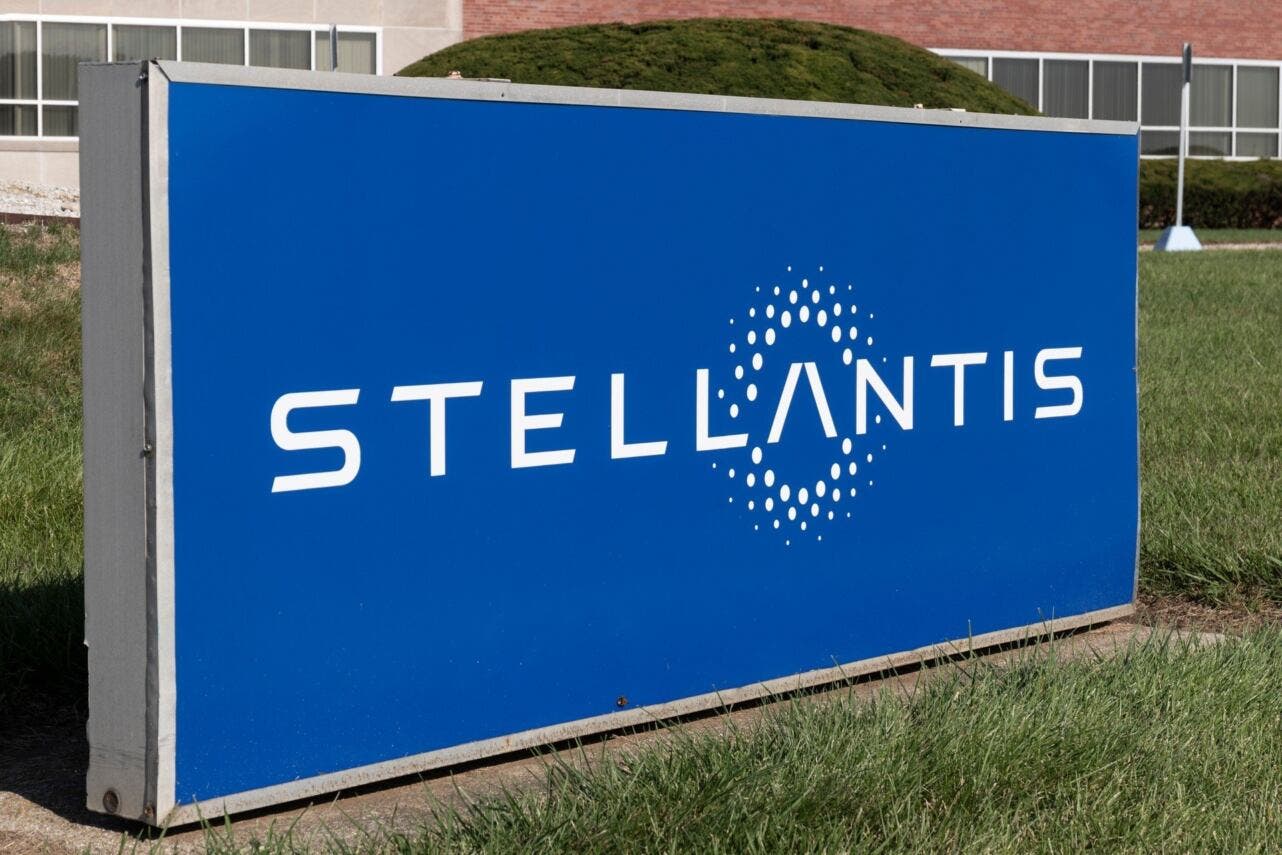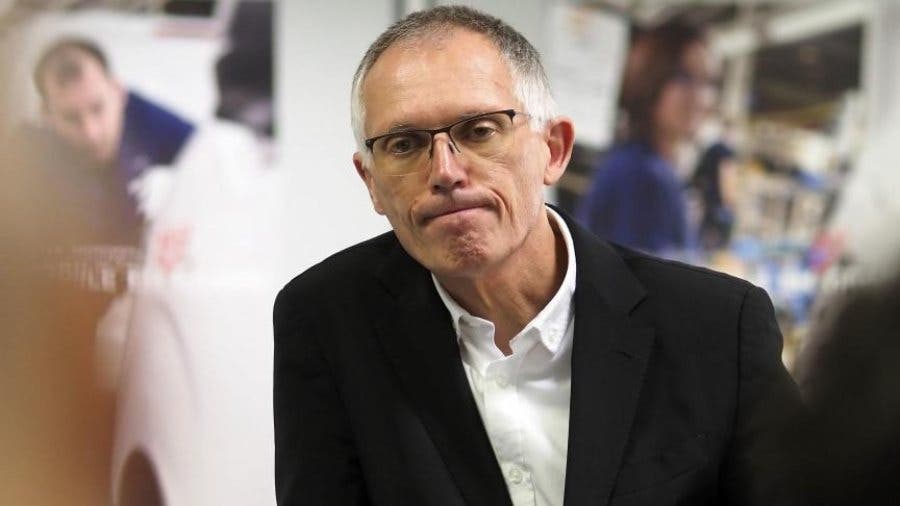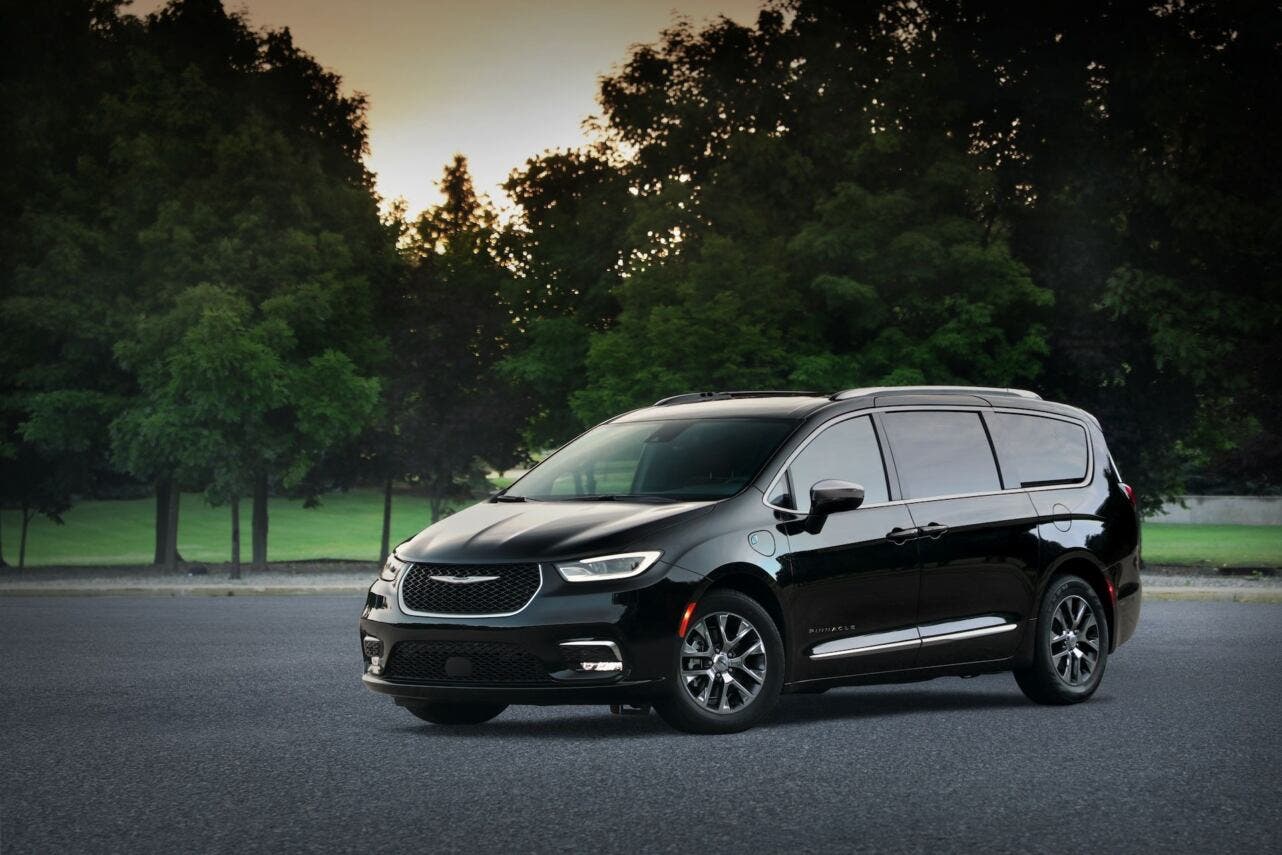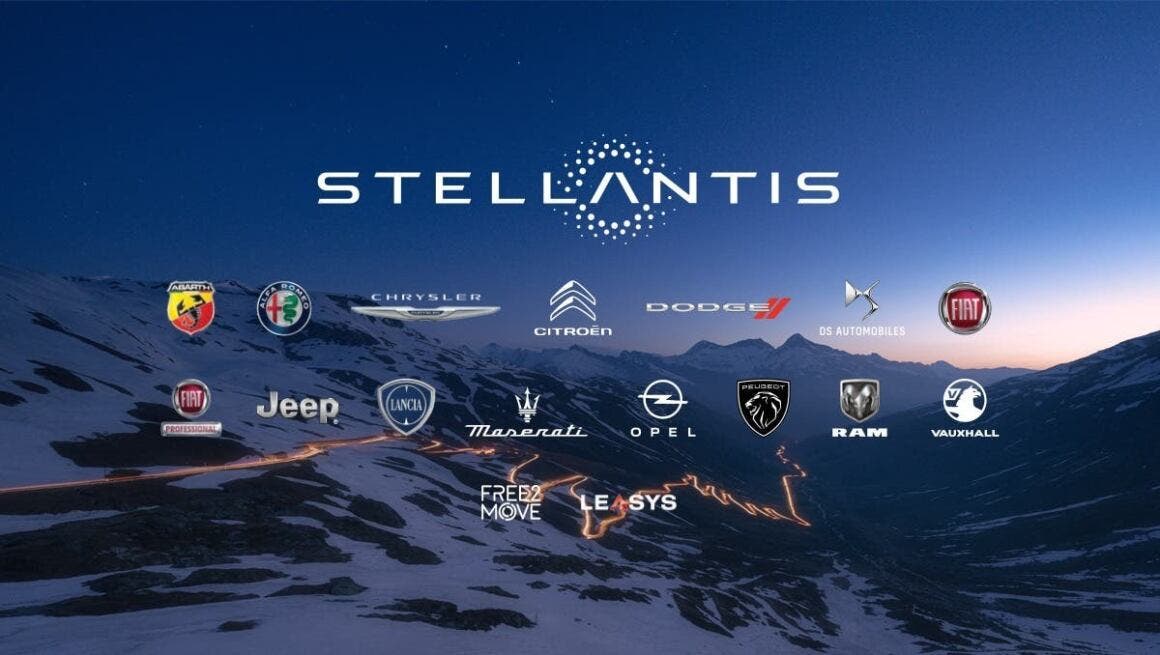While Stellantis is making crucial decisions for the future, President John Elkann is busy interviewing potential candidates for the CEO role. A fundamental aspect of his agenda is determining which of the group’s 14 brands have a sustainable long-term future. The company’s vast portfolio, the largest among its competitors who generally focus on one or two brands, is the result of the 2021 merger between Fiat Chrysler and PSA, owner of Peugeot.
New Stellantis CEO will have to determine which of the group’s 14 brands have a sustainable long-term future

Although diversification has allowed for a significant presence across multiple markets, the idea of reducing the number of brands could simplify management and improve efficiency. In particular, this could lead to the merger of business functions such as marketing, development, and sales, with the aim of achieving greater cohesion and reducing operational costs. This strategic reorganization could be crucial for addressing future challenges and optimizing Stellantis‘ business model.
Each brand within Stellantis‘ vast portfolio, which includes icons like Jeep, Ram, and Peugeot, but also more problematic brands such as DS, Lancia, and Alfa Romeo, has its own following of enthusiasts, making it extremely difficult to decide which ones to eliminate or downsize. In Europe, where Stellantis is the second-largest automaker after Volkswagen, its flagship brand, Peugeot, recorded a market share of only 4.9% in the last year, ranking eighth overall. Furthermore, a significant disadvantage for Stellantis is the poor visibility of its company name among consumers, especially when compared to brands like Volkswagen or Toyota, which are decidedly better known.
According to a source close to John Elkann‘s considerations, reviewing the brand portfolio is considered an absolute priority. The source emphasized that any candidate for the CEO position who does not have an in-depth knowledge of the company’s brands “would not be the ideal candidate.”

Former CEO Carlos Tavares used to state that traditional automakers were in what he defined as a “Darwinian era,” a period in which only the strongest would succeed, while the weakest would be destined to fail. Despite this, Tavares had always insisted that all brands under Stellantis‘ control would have a future.
When Tavares was forced to leave his position in December, Elkann acted promptly to restore investor confidence, severely damaged by the collapse in sales and the reduction in profit margins in the US market, historically the most profitable for Stellantis thanks to the Jeep, Ram, Chrysler, and Dodge brands.
Although Stellantis is the fourth-largest automaker globally by sales, its results in Europe have been less satisfactory. Additionally, the company closed a joint venture for Jeep production in China nearly three years ago and decided not to aim for a relaunch, as growth opportunities in that market are rapidly diminishing.

The new Stellantis CEO will need to be able to “make decisive and bold decisions,” as emphasized by Fabio Caldato of Acomea SGR, which owns shares in the company. “If I were to reason as an investor, without letting myself be influenced by emotions, I would see it as extremely positive that the next CEO is willing to review the brand portfolio,” he stated. Analysts believe that the most vulnerable brands to a possible restructuring are premium ones, such as Alfa Romeo, DS, and Lancia.
Dodge and Chrysler, although they have not achieved extraordinary performance, are considered brands with an established customer base in the United States, managing to attract specific market niches. Historically, however, automakers have avoided abandoning well-known brands, as demonstrated when GM discontinued Saturn and Pontiac, or when Ford did the same with Mercury during the recession at the end of the 2000s. Stellantis has stated to Reuters that every brand in the group has new product launches planned and that recent organizational changes have been designed to support these initiatives.

